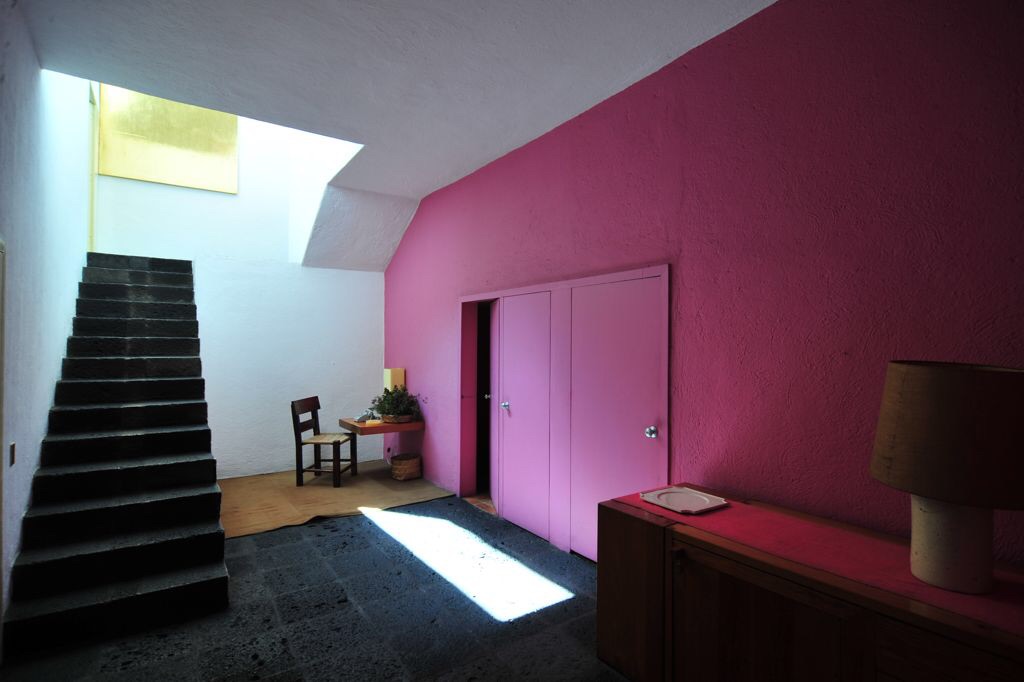Minimalism movement first appeared in the mid-1960; it was primarily used and termed to describe the reduction to bare essentials of sculptures from artists such as Robert Morris, Dan Flavin and Donald Judd. However in modern times it is a term used to describe everything from fashion and music to design and architecture. Flavin’s embrace of the unadorned commercial fluorescent light fixtures placed him at the forefront of a generation of artists. These artistic objects in his work and the use of industrial materials, made emphasis on elementary forms, and non-hierarchical relationships among component parts becoming key characteristics of minimalism.



,-1963.jpg)


Within its architectural form the word minimalism was used to describe the work of architects from extremely different origins and cultural backgrounds. Their works would centre on the reduction of expressive means and the rediscovery of value of empty space, extreme simplicity, and formal cleanliness. John Pawson is famous for his rigorously minimal designs, and his work exemplifies the style, with his distinctive approach to modern architecture, he explores the fundamentals of space, light, and materials while avoiding stylistic mannerisms. Other minimalist architects include Luis Barragan, A.G. Fronzoni, Claudio Silvestrin, Peter Zumthor and Tadao Ando.









.jpg)


References.
Bhaskaran, L. (2008). Designs of the times. Mies, Switzerland: RotoVision.